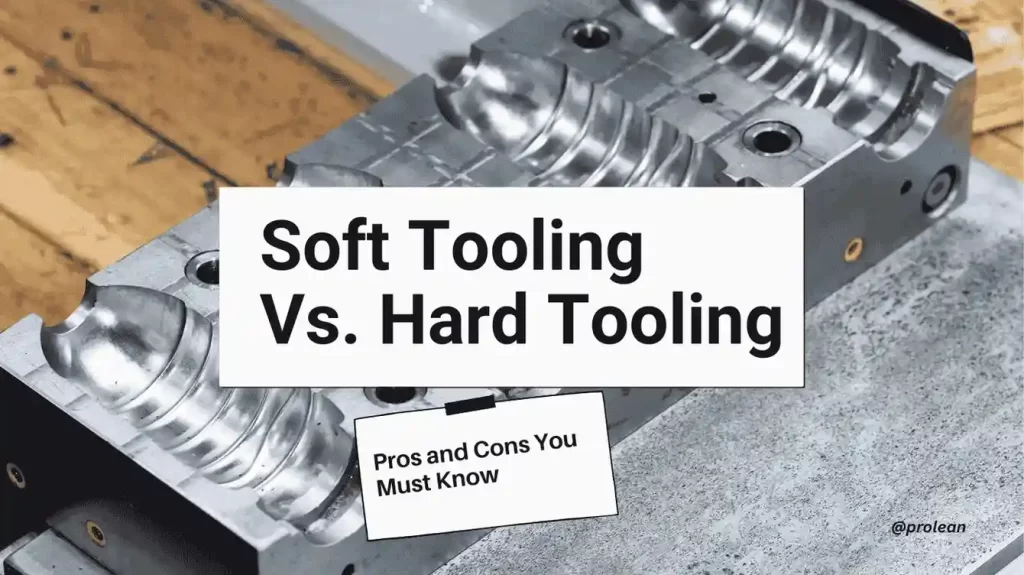
Soft Tooling Vs Hard Tooling
The word “tooling” appears commonly when discussing mold and tool production. Tooling plays a key role in shaping the processes of mold production and part manufacturing. Prototype machining serves as a preliminary model that is tested first. After initial testing, the tools progress to operational in their final commercial stage. This approach makes work processes easier for design teams, engineers, and manufacturers.
The sections ahead cover the most interesting aspects of tooling. For example, in “What is Tooling in Manufacturing?“, the main approaches are Soft and Hard Tooling. Your selection depends on your goals.
The following information will help you distinguish between soft tooling vs hard tooling and when to choose to achieve better outcomes. We will also explain Prolean Tech’s range of services and examine how it serves those looking for premium injection molding services or small-batch casting solutions.
What Is Soft Tooling?
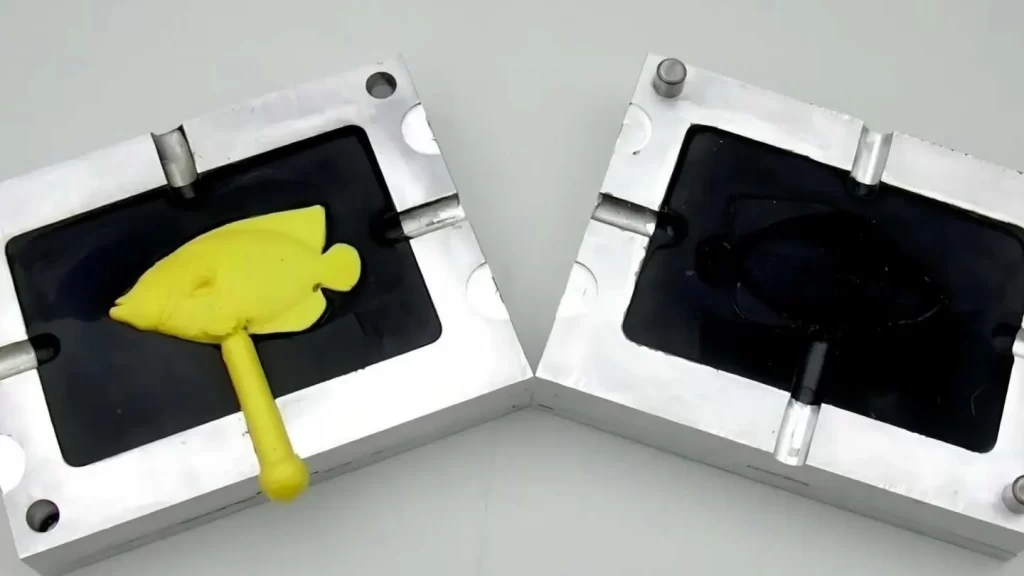
Soft Tooling
Soft tooling allows you to initiate innovative tool and part development work. Soft tools serve as testing tools for inspecting equipment and material components. The early stage of attempting new concepts works quickly before producing final components. These tools fall short of being the finished product, though they remarkably resemble the final product. They assist you in creating modifications that lead to final versions.
Flexible materials form the base of your work process. Silicone and plastic are the primary materials used for soft tool picks. These flexible materials allow fast adjustment and simple design. Designs from soft tooling can be used to make additional, stronger molds. Experimentation takes place before significant investments are made.
Urethane casting manufacturing systems depend on soft tools for operation. You generate molds, which you check before enlarging your production. This process enables you to prevent expensive errors that emerge during early development phases—your quick time-to-market benefits from increased market confidence. This approach will simplify moving to complex tooling systems from this point.
In addition, using soft tooling is most effective when producing small batch quantities. It allows product form to be tested in addition to fit and functional requirements. Your flexibility remains intact even though you avoid budget overspending. Your feedback arrives quickly, allowing you to modify your approach immediately. The requirement to be fast and creative makes soft tooling superior to other methods.
You should typically utilize silicone materials when building your soft tooling. Applying fiberglass or carbon fiber becomes appropriate when better options are needed. These let you easily change their form and shape. The tools produce excellent results during the testing phases of ideas.
Try Prolean Now!
What Are The Advantages of Soft Tooling?
When comparing soft tooling vs hard tooling, soft tooling allows both speed and flexibility during manufacturing. Your process becomes faster while your early expenses stay lower. Here are the main benefits that make soft tooling efficient:
Quick production times
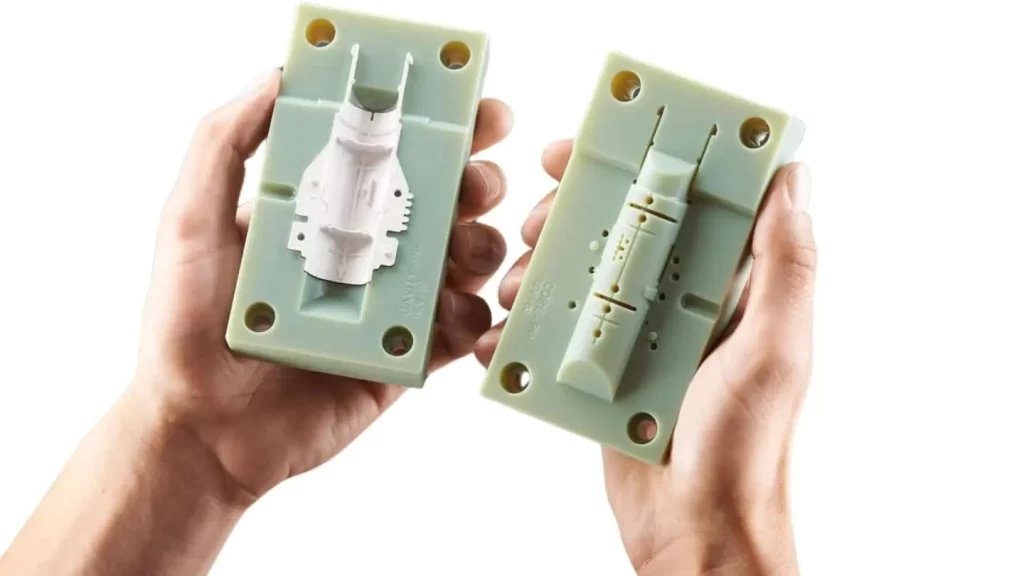
Compactness of Soft Tooling
Lightweight and soft materials provide shorter production times. You gain speed in testing products when using a soft tooling approach for manufacturing.
Budget-friendly setup
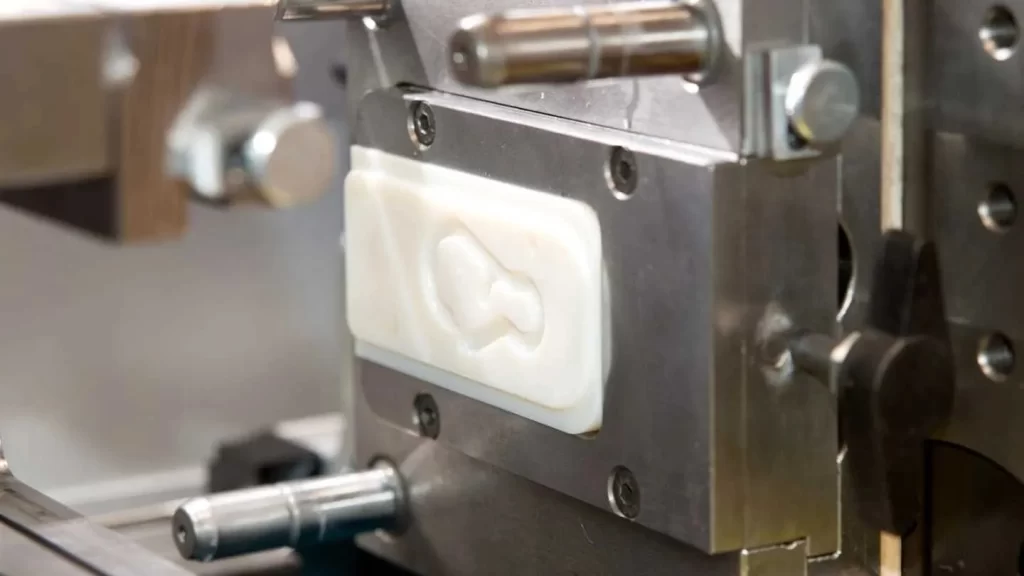
Soft Tooling Set up
Soft tools require minimal manufacturing costs. Because of its affordability, this technology is suitable for initial development phases. Your significant investments happen only after you conclude the product’s success.
Supports complex shapes
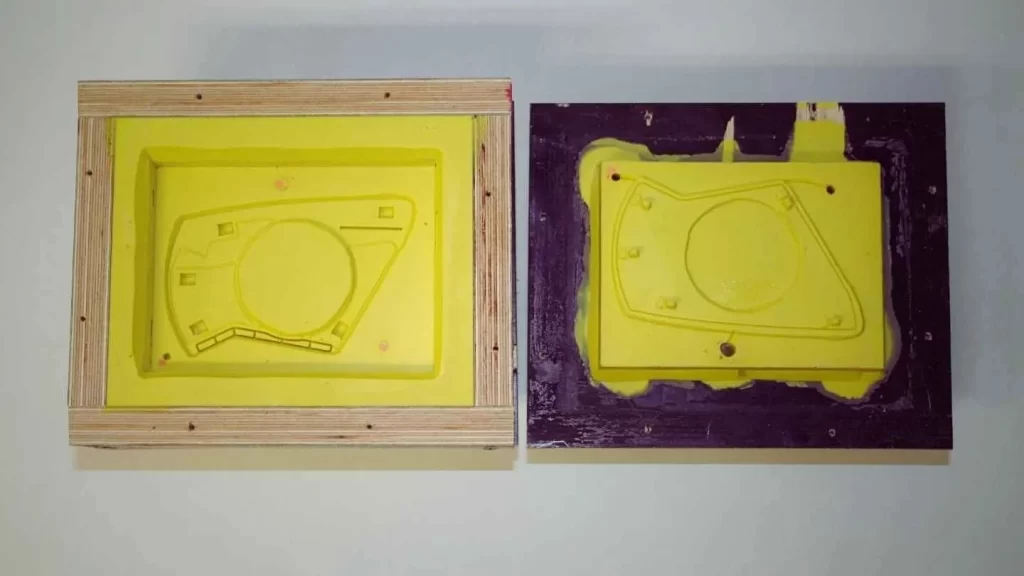 Part Design Imprint and Ejection
Part Design Imprint and Ejection
The material enables you to develop complex elements for your parts. Soft tooling materials excel at producing curves and angles. These features are difficult to achieve with other materials. Implementing 3D printing technology makes fast testing of new ideas possible.
Easier changes and iterations
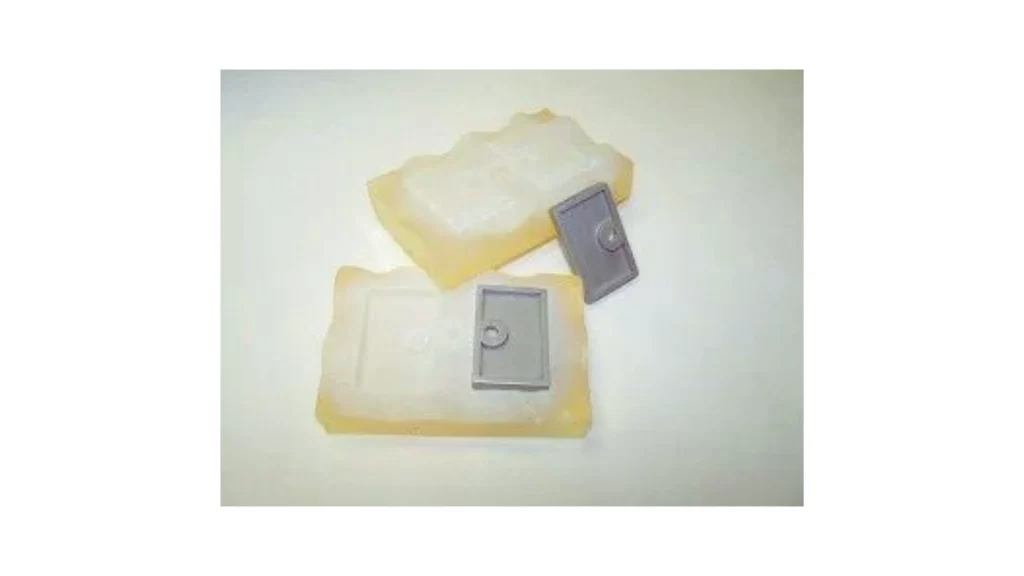
Easy Ejection in Soft Tooling
Do you need to adjust something mid-process? No problem. The modification process using soft tools appears naturally without causing significant time delays. (Read more about On-Demand Manufacturing and Rapid Prototyping)
Disadvantages of Soft Tooling
Despite its advantages, custom tooling has multiple drawbacks that product developers should recognize. Consider these factors before executing the switch.
- Not ideal for large runs: Soft tools have limitations when manufacturing runs that exceed a particular quantity. The production volume requires sturdy mold structures. Soft tools show excessive wear that prevents their sustained usage.
- Shorter lifespan: These molds deteriorate over time. The life span of such tools becomes shorter, thus requiring replacements after each cycle. The long-term approach requires additional manufacturing steps to operate.
- Possible wear and deformation: Warpage begins to appear on the parts. The accuracy level deteriorates as tools become worn out. Soft tools must, by nature, be utilized during brief manufacturing periods.
- Limited material strength: Soft tooling materials cannot withstand heavy loads and stress. They fail to resist heat and pressure, and the maximum force you can generate using them remains restricted.
- Higher cost per part: Although the tools have a lower overall cost, they only function briefly. Producing multiple units will lead to increased costs for each unit manufactured.
Soft tooling allows you to operate at high velocity and conduct intelligent testing procedures. This approach saves you money and allows free exploration and rapid feedback acquisition. However, the strength of extensive operations and challenging materials requires using hard tooling instead.
For more information, refer to our comprehensive Tips for Choosing Online Rapid Prototyping Supplier guide. The team at Prolean Tech provides balanced solutions. Combining expert advice, fast tools, and a production pathway leads to uniform manufacturing success.
Try Prolean Now!
What Is Hard Tooling?

Hard Tooling
After your prototype reaches the desired form, proceed with the next step. When moving to full-scale production, you will require hard tooling. It allows the production of large quantities of parts. The process shifts away from testing activities because you start performing final runs.、
Hard tooling molds provide reliability and strength, vital for full-scale production. Get more insights on Prototypes for Startups. They can mold and machine, cast, and weld parts. The tools remain durable under stress conditions and will not break down for any reason. This means that they demonstrate resistance to physical stress during their operational use.
The expense rises because of the materials selected. Hard tooling production will extend the necessary manufacturing period. Heat treatment represents one of the additional procedures needed to work with hard tools. Extra time is required, yet precision is strengthened during this process.
The considerable benefits justify the expenses involved. Every single part you create through this method results in permanent financial savings. The tools can withstand numerous repeated cycles without failure. When your production level grows, you should choose hard tools as your best option.
The majority of hard tools are made of metal. Manufacturers usually use steel and aluminum alloys as common materials. These materials provide your parts with superior strength combined with excellent consistency.
Prolean Tech enables a smooth transition from testing to production through its reliable service.
What Are The Advantages of Hard Tooling?
Using hard tooling systems provides strength and consistent outcomes. The tool performs best in applications where reliability and durability are critical.
Built to last
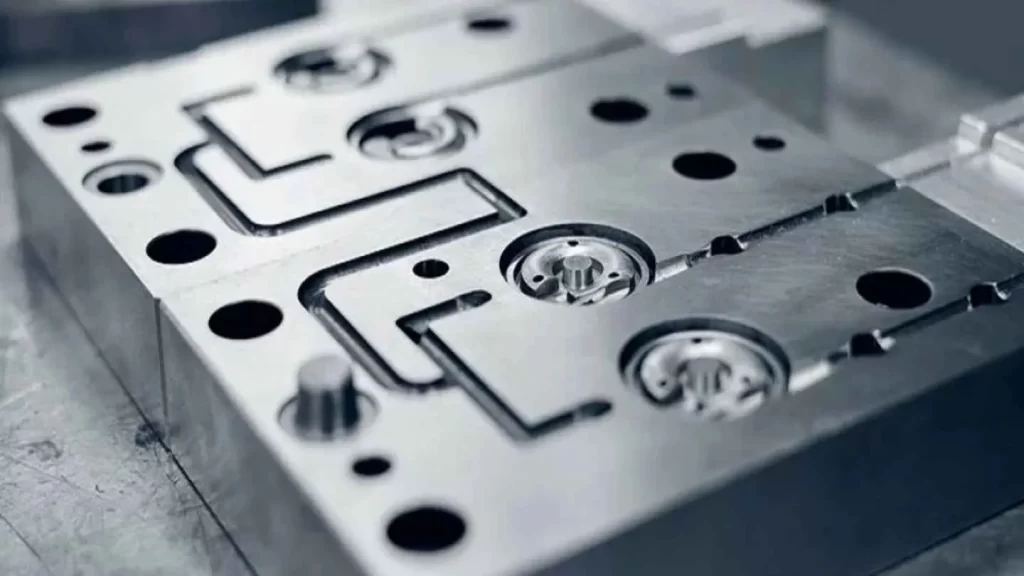
Rigid Hard Tooling Design
Rigid, high-strength metals are the base materials for hard tools. They exhibit improved tolerance against various factors, such as heat exposure and pressure, and the ability to resist wear.
More accurate results
Your design is finished, and you’re ready to move forward. Hard tooling is optimal when you need strong, long-lasting tools to make many parts.
Higher output capacity

Hard Tooling In Injection Molding
Through hard tooling, creating the same number of parts simultaneously becomes possible. Using multi-cavity molds enables higher production numbers while minimizing material waste.
Better value over time
Your initial payments lead to savings during a later period. The production of 1000s of parts occurs effortlessly with hard tooling molds.
Disadvantages of Hard Tooling
Hard tooling presents limitations when used for all purposes. The decision to evaluate trade-offs needs to occur at an early stage.
High upfront costs
The manufacturing process of hard tools demands both financial resources and extensive time. You must spend a significant amount before you can view your outcomes.
Low design flexibility
After production, the mold design becomes difficult to modify. It requires constructing a brand-new tool, tool expansion, or refinishing.
Limited design options
3D printing isn’t typically used alongside hard tooling in production. It’s more often used instead of it in the early stages. The CNC and traditional machine rules constrain your operations.
What Are The Different Types of Tooling
Here’s a list of different types of tooling techniques;
- Injection Molding Tooling
- Die-Cutting Tooling
- Casting Tooling
- Stamping Tooling
- Extrusion Tooling
- CNC Machining Tooling
- Milling Tooling
- 3D Printing Tooling
- Soft Tooling
- Hard Tooling
Soft Tooling vs Hard Tooling: Which One to Choose?
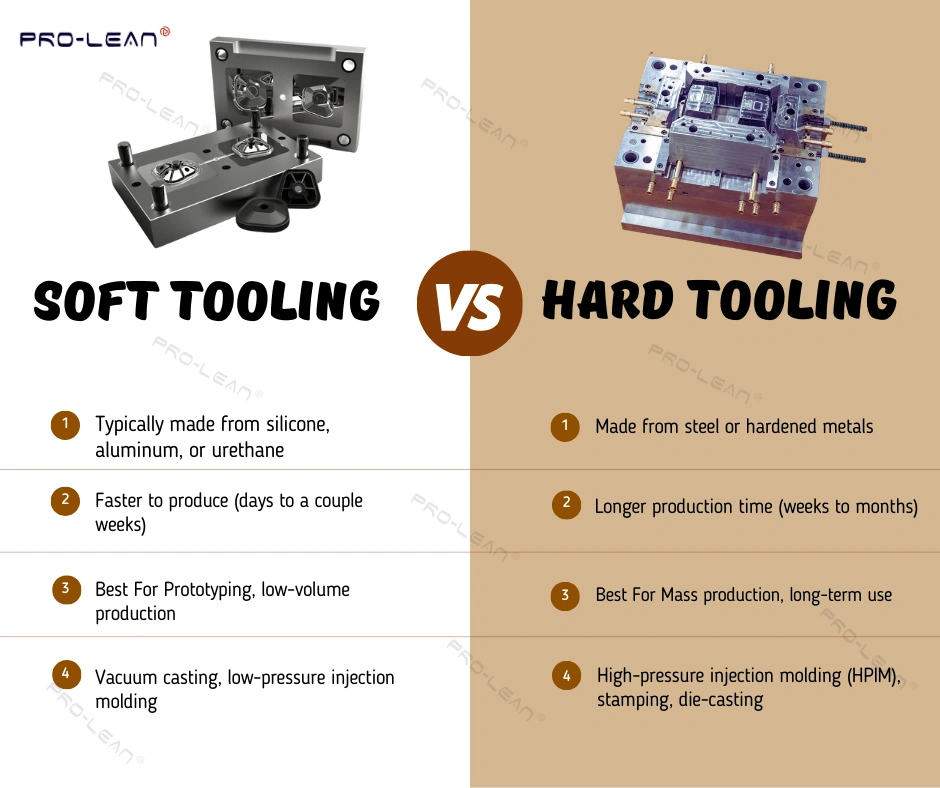
Soft Tooling vs Hard Tooling Comparison
Here’s the side-by-side comparison between soft tooling vs hard tooling based on various factors.
| Factors | Soft Tooling | Hard Tooling |
| Setup Cost | Low cost to get started (Typically, $100 for simple, and $10,000 depending upon application size) | High initial investment ($20,000 to $100,000 for high volumes) |
| Production Speed | Quick setup (hours to days) | Slower setup due to extra machining steps |
| Tool Life | A shorter lifespan needs frequent replacement | Long-lasting tools, minimal replacements |
| Volume Suitability | Best for low-volume (up to 100 units) | Ideal for large-volume production (1000 units) |
| Design Flexibility | Easy to adjust and modify | Hard to modify once created |
| Material Flexibility | Works with flexible materials (e.g., silicone) | Works with stronger materials (e.g., steel) |
| Part Precision | Suitable for simple shapes with less precision | High precision for complex, repeatable parts |
Get Started with Prolean Tech Today: Request Your Quote Now!
At Prolean Tech, we’re more than just a service provider. We’re your manufacturing partner from start to finish. Our team of engineers brings years of experience in rapid prototyping services to allow your parts to be made with the desired specifications and achieve high precision.
Our company supports the production of soft and hard tooling and the use of molds to produce products. We also help you choose the best materials and methods and are here to support your vision long into the future. Contact us today for your custom quote!
FAQ’s
Q1: What is the difference between hard and soft tools?
You’ll notice the main difference in durability. Hard tools are built for long-term use. While soft tools work best in short production runs. They’re affordable, but they wear out quickly. Your choice depends on how much quantity you need.
Q2: What is the hard tooling process?
This hard tooling process uses strong metals like tool steel, aluminum, and nickel alloys. CNC and EDM machines help design the mold. It takes time but gives lasting precision.
Q3: What is an example of a soft tool?
A 3D-printed mold is a soft tool for testing and prototypes. It’s flexible, affordable, and quick to make. Therefore, it is perfect when you need design changes fast.
Q4: What is durable tooling?
Durable tooling, made from carbide or steel. It handles high loads, pressure, heat, and wear. Moreover, it can be resorted to for long production runs and delivers consistent results over time.

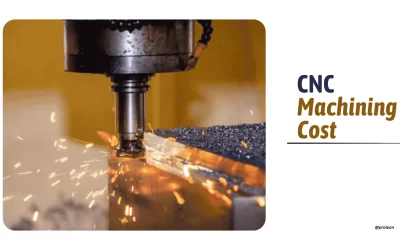
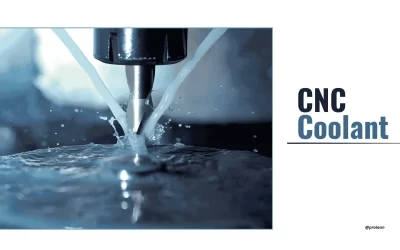
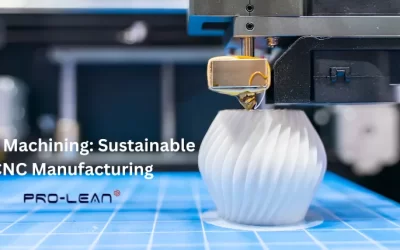
0 Comments